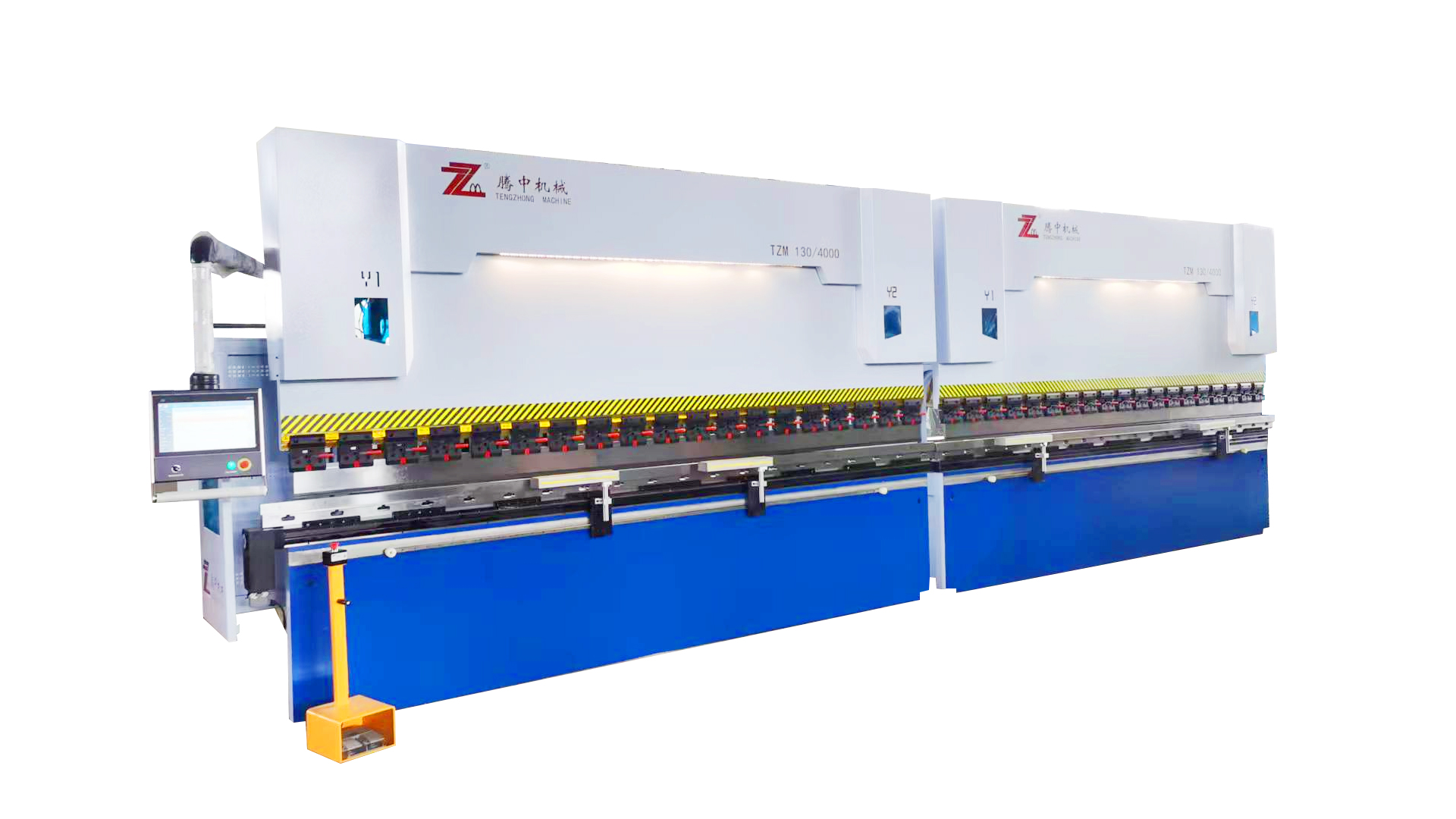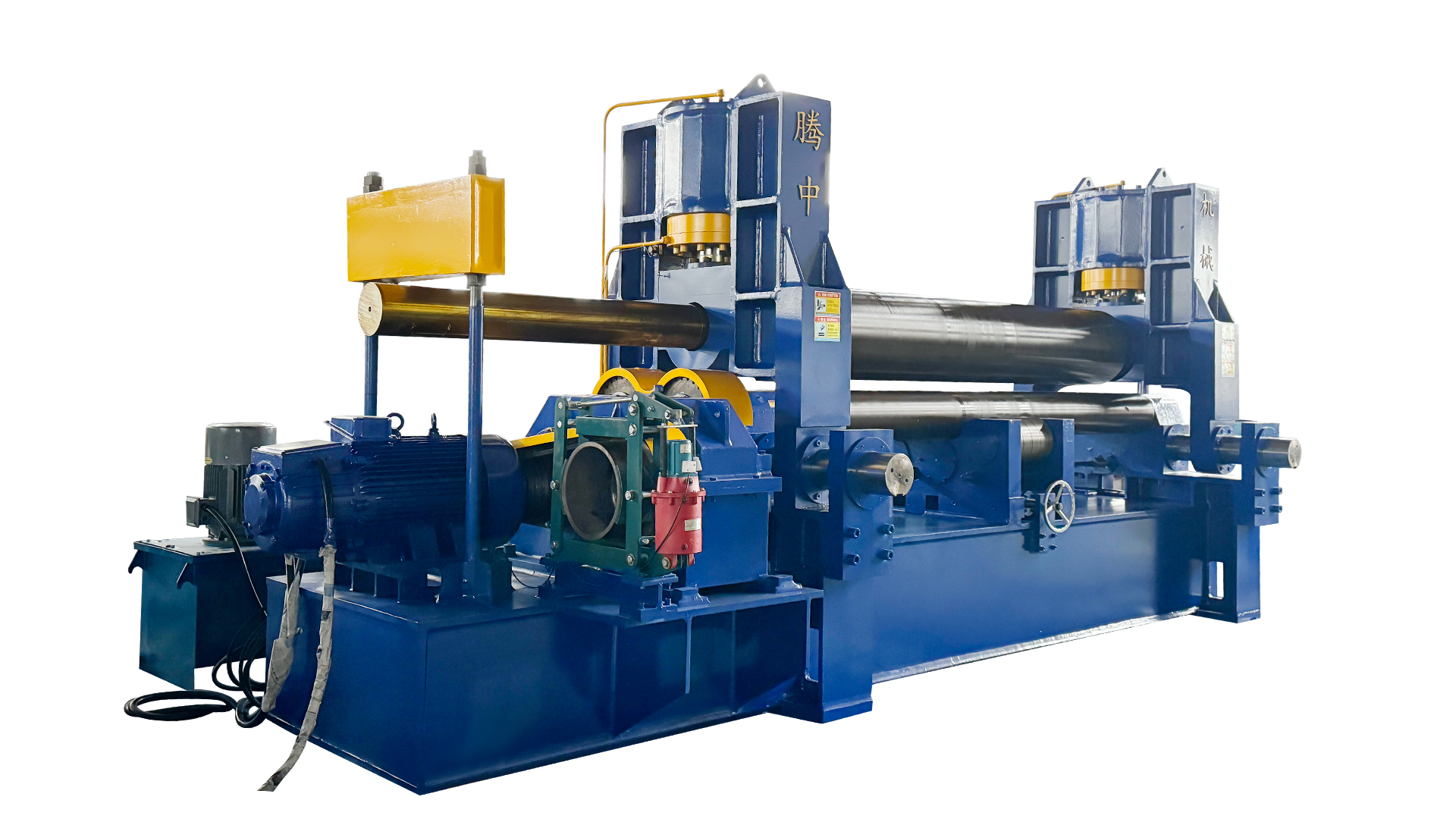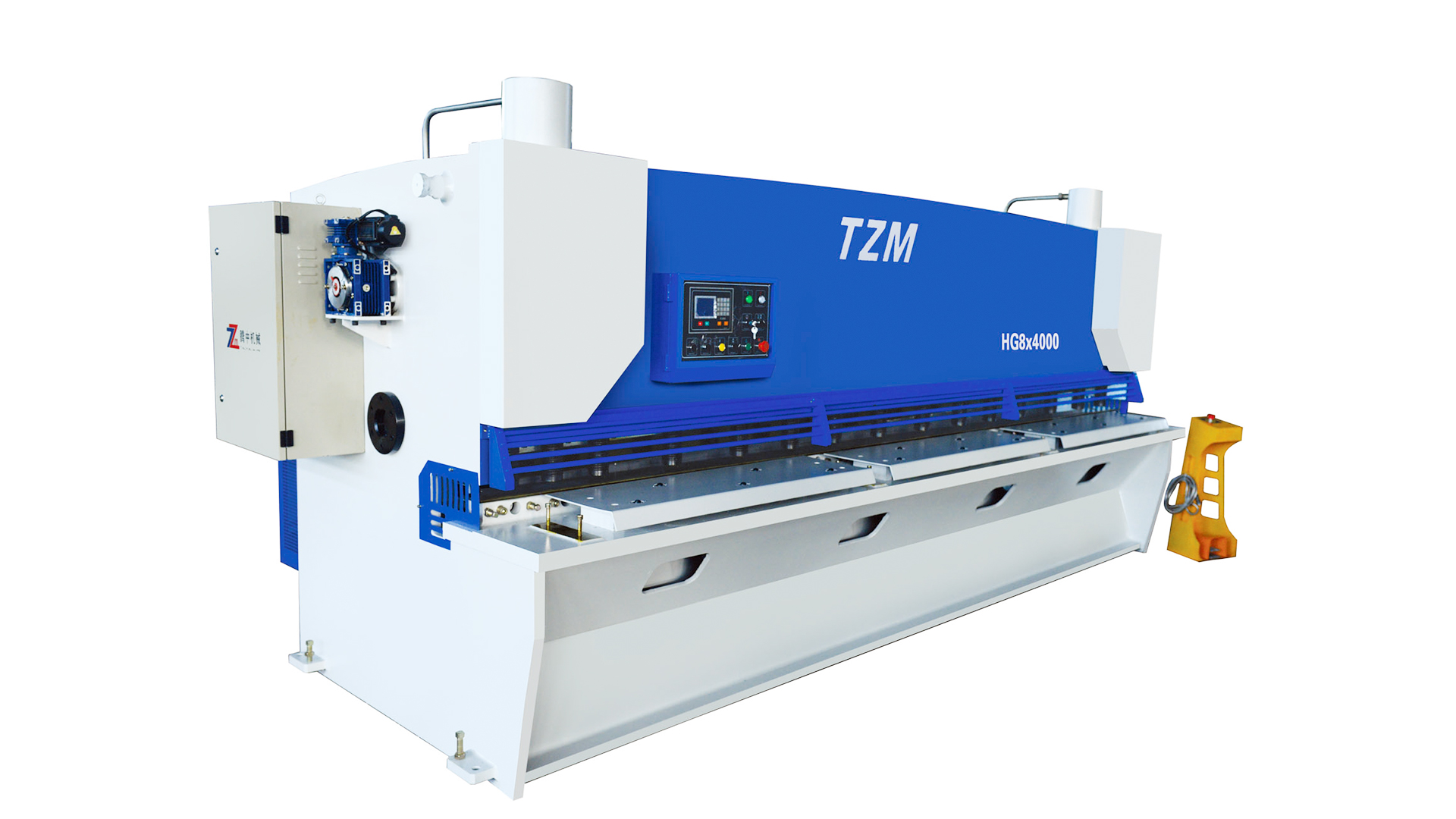How to control the shearing speed of hydraulic swing beam shearing machine?
2025-03-14
The hydraulic swing beam shearing machine is a pivotal tool in the metalworking industry, renowned for its precision and efficiency. However, achieving optimal performance depends significantly on controlling the shearing speed. By regulating this crucial aspect, manufacturers can not only improve the quality of the cut but also enhance the lifespan of the machine and its components. In this article, we explore key methods to control the shearing speed, ensuring maximum productivity and precision in your operations.
Understanding Shearing Speed and Its Importance
Shearing speed refers to the velocity at which the cutting blade moves during the shearing process. If the speed is too high, the blade may experience undue stress, leading to increased wear and tear. Conversely, if the speed is too low, the machine’s efficiency suffers, potentially causing delays and inconsistent cuts. Therefore, achieving the right balance is critical.
Utilize the Adjustable Speed Controls
Modern hydraulic swing beam shearing machines come equipped with advanced adjustable speed controls. These controls allow operators to fine-tune the blade's movement, ensuring that the shearing speed is precisely calibrated for the material being cut. By adjusting the hydraulic system’s pressure and flow rate, operators can optimize the machine for various thicknesses and material types, ensuring superior cutting performance.
Incorporate a Variable Frequency Drive (VFD)
Incorporating a Variable Frequency Drive (VFD) into your shearing machine offers an added layer of flexibility. The VFD regulates the speed of the electric motor that drives the hydraulic system, enabling dynamic adjustments during operation. With a VFD, operators can make on-the-fly modifications to the shearing speed, fine-tuning it to suit specific cutting requirements and improving overall system efficiency.
Monitor the Material Type and Thickness
The type and thickness of the material being cut play a significant role in determining the optimal shearing speed. Thicker materials generally require slower shearing speeds to avoid damaging the blade or distorting the cut. On the other hand, thinner materials can be processed more efficiently at higher speeds. By constantly monitoring these variables and adjusting the speed accordingly, operators can ensure both the longevity of the equipment and the quality of the cut.

Regular Maintenance of Hydraulic System
A well-maintained hydraulic system is essential for stable and efficient shearing speed control. Regular inspection of key components such as pumps, valves, and hoses helps ensure that the hydraulic fluid is circulating correctly, maintaining the desired speed and pressure. Any malfunction or degradation in the hydraulic system can result in erratic shearing speeds, negatively impacting the machine’s performance and the cut’s accuracy.
Implementing Programmable Logic Controllers (PLC)
Programmable Logic Controllers (PLC) can be integrated into the shearing machine to automate the process of adjusting the shearing speed. PLCs can be programmed to adjust the speed based on specific criteria such as material type, thickness, and desired cut quality. This advanced control mechanism reduces the need for manual intervention, improving precision and streamlining operations.
Optimize Cutting Angle
The cutting angle is another critical factor influencing shearing speed. The angle at which the blade strikes the material determines the amount of force required to perform the cut. A steeper cutting angle can reduce the required shearing speed, allowing for faster operation without sacrificing the quality of the cut. Conversely, a shallower angle might necessitate a slower speed to ensure the material is sheared effectively without compromising the integrity of the cut edge.
Controlling the shearing speed of a hydraulic swing beam shearing machine is not only essential for ensuring optimal cutting performance but also for extending the lifespan of the equipment. By using adjustable speed controls, integrating a VFD, monitoring material characteristics, maintaining the hydraulic system, and implementing automated controls such as PLCs, manufacturers can optimize their shearing process for efficiency and precision. The result is a more reliable machine, enhanced productivity, and superior cut quality—critical factors in maintaining a competitive edge in the industry.

 English
English русский
русский Français
Français Español
Español Português
Português عربى
عربى









